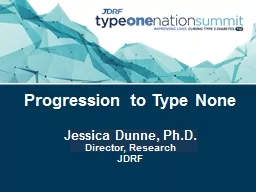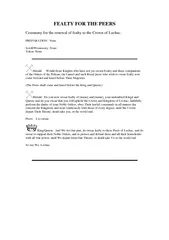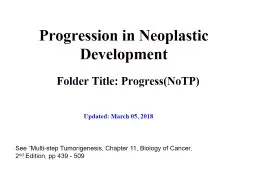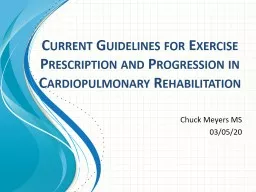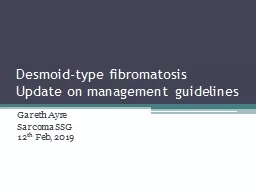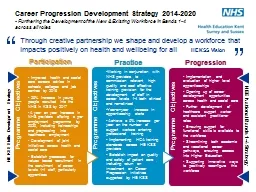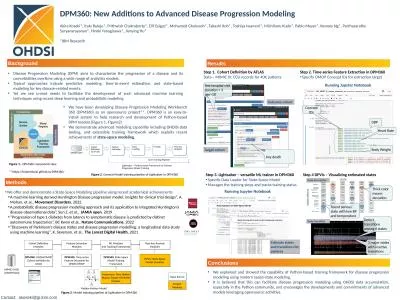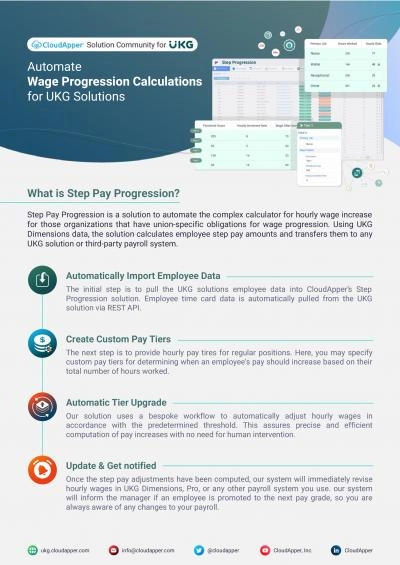PPT-Progression to Type None
Author : danika-pritchard | Published Date : 2020-04-02
Jessica Dunne PhD Director Research JDRF Hello Jessica Dunne PhD Joined JDRF in September 2008 Lead for Prevention program since its inception in July 2012 14
Presentation Embed Code
Download Presentation
Download Presentation The PPT/PDF document " Progression to Type None" is the property of its rightful owner. Permission is granted to download and print the materials on this website for personal, non-commercial use only, and to display it on your personal computer provided you do not modify the materials and that you retain all copyright notices contained in the materials. By downloading content from our website, you accept the terms of this agreement.
Progression to Type None: Transcript
Download Rules Of Document
" Progression to Type None"The content belongs to its owner. You may download and print it for personal use, without modification, and keep all copyright notices. By downloading, you agree to these terms.
Related Documents

